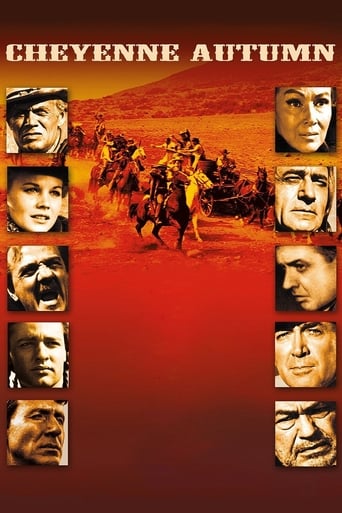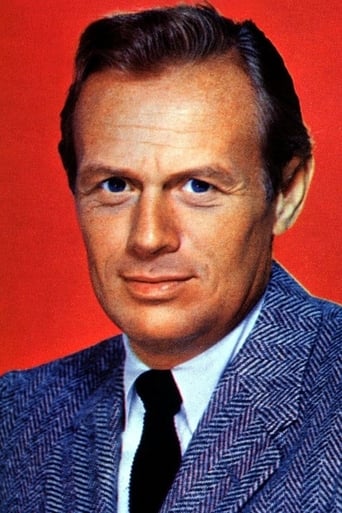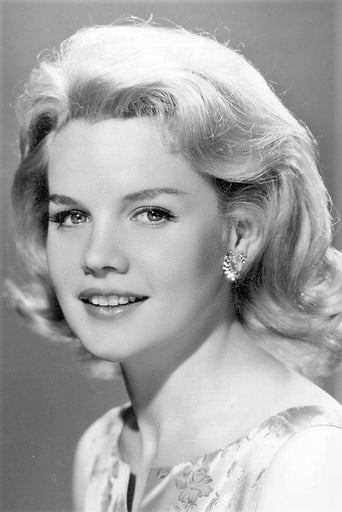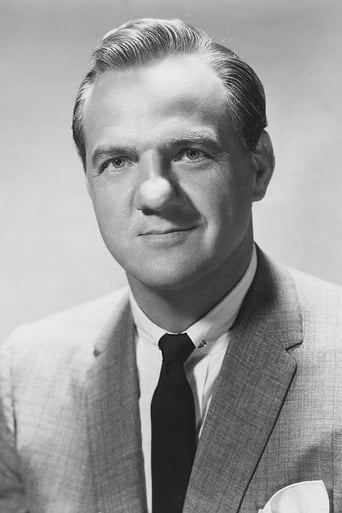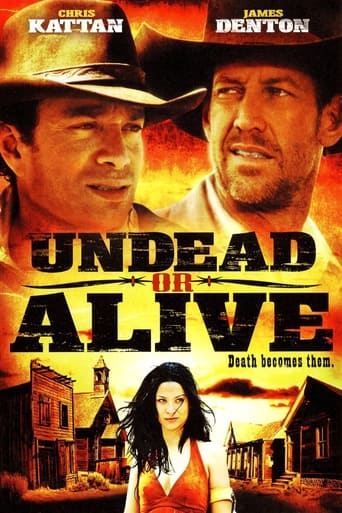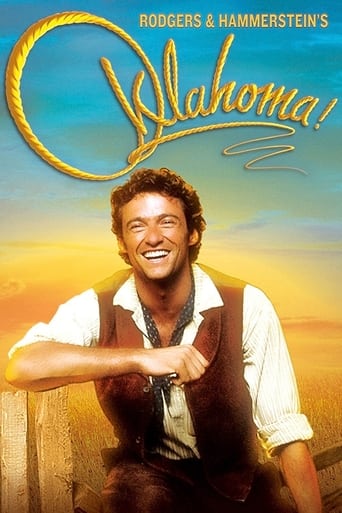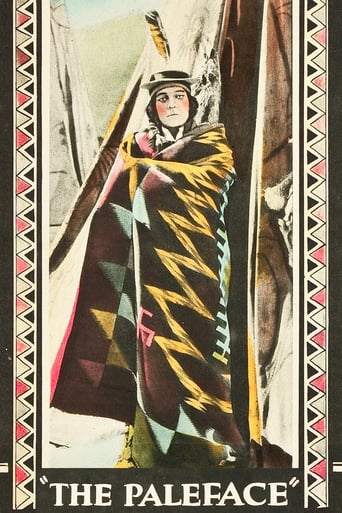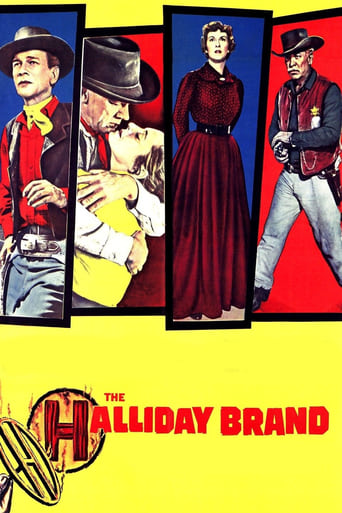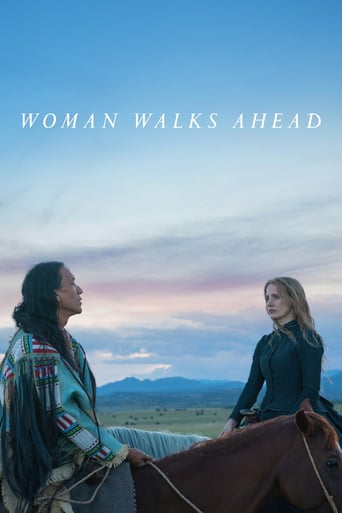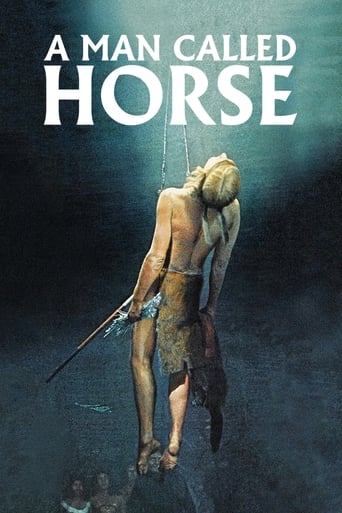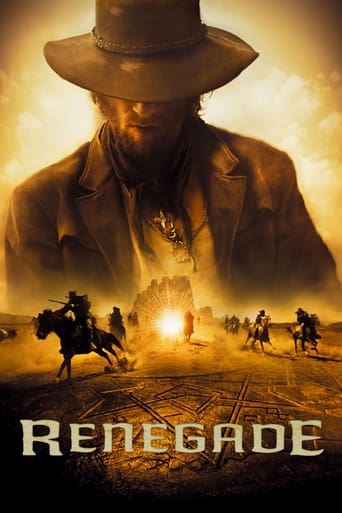Cheyenne Autumn (1964)
A reluctant cavalry Captain must track a defiant tribe of migrating Cheyenne.
Watch Trailer
Cast


Similar titles
Reviews
Disapointment
I wanted to like it more than I actually did... But much of the humor totally escaped me and I walked out only mildly impressed.
Great movie. Not sure what people expected but I found it highly entertaining.
A terrific literary drama and character piece that shows how the process of creating art can be seen differently by those doing it and those looking at it from the outside.
Cheyenne Autumn was intended as the big-budget western release of 1964, the follow-up to How the West Was Won with several of the same cast members and one of that film's directors. For a movie made in 1963, the theme is a bold one about the White man's ill-treatment of the Cheyenne (actually the North Cheyenne tribe) and their 1878 journey back north to their homeland.Unfortunately, the film is a mess and for a movie made by a top 'A' director, it is surprisingly incompetently directed. Some comments:the Dodge City sequence. I would have liked to see this expanded to a feature length film and released separately. It is very funny. However, it doesn't belong in this film. What was Ford smoking when he put this in? Karl Malden's prototype Nazi officer who has "Orders, orders zat must be OBEYED". "I HAF ORDERS". Malden seems to think he is auditioning for John Cleese's role in The Germans episode of Fawlty Towers. Couldn't someone keep him under control? And what about that huge pipe he pulls out of his coat at one point and then exits stage left after blowing out the sergeant's offered match? That made me laugh. A touch worthy of Peter Sellers. One can see the point being made but the execution is ridiculous. It was also amusing to see the German name of Edward G Robinson's character being downplayed presumably because the writers had forgotten that one of the major 'good guys' was also of German ancestry when they created the Nazi character. (interesting historical footnote - the real Carl Schurz spoke with a thick German accent whereas the real Cpt Wessels was born in New York and likely didn't - he certainly was never a Prussian officer) in the first encounter between the cavalry and the Indians, Richard Widmark is summarily court martialled and put under arrest for reasons not apparent to this viewer (was something cut out?). Later Widmark goes up to a soldier and asks where the major is only for the soldier to point to a body which is virtually lying at Widmark's feet being attended to by a physician. This is like something out of The Naked Gun. I had to rewind here to check I hadn't missed anything as it looked so stupid.the second skirmish with the Indians is appallingly choreographed and edited. After establishing that we are in some kind of shrub/semi-desert area, when Pat Wayne leads a cavalry charge, the cavalry are shown charging over some flat sandy area which is obviously a completely different location. Then, the Indians set fire to a few fake-looking shrubs and about five seconds later, the cavalry's wagons and cannon are enveloped in flames despite being at least several hundred yards away. Richard Widmark and the rest of his command appear to be doing nothing whilst this happens although Wayne's men seem to be close enough for Widmark to be shouting at them. A quick cut and Widmark is personally helping save the cannon - what has happened to the hundred odd men in his command. Why aren't they helping? Who knows.Ricardo Montalban and Gilbert Roland's mullets. Very silly and must have given the set hairdresser lots of chuckles. Didn't anyone look at any pictures of the real Dull Knife and Little Wolf? Still, at least even they don't look as ridiculous as Sal Mineo.Surely someone must have realised that it sounded stupid to constantly refer to a major character as "Spanish Woman" rather than give her a proper name? There is no excuse for this as it's not even a real historical name.What did make me laugh was that most of the time it looked as if Little Wolf and Dull Knife's orders to the tribe were having to be translated for them by the elderly unnamed Cheyenne who was standing next to them in many scenes and was a real Indian (a senior Navajo I'm guessing). Almost every time they said something in Cheyenne, this guy would then turn round and repeat it to the other Indians. This again looked ridiculous Matters being brought to what seemed a premature conclusion by Edward G Robinson standing infront of an appallingly unconvincing piece of back-projection, not even pointed in the right direction, and mouthing a few platitudes. Had the money run out at this point? (the Robinson scene is completely fictitious by the way).In short, worthy in intent but incompetent in execution and in places mind-numbingly bad for an expensive film made by a talented director.
I have mixed feelings about this film -- parts of it are engrossing, and I thought it was more fair to the Native American characters than other John Ford films (certainly far more than most Western films of the time in general). However, it is marred by several characters who seem to have been inserted into the film for no reason other than perhaps marquee value.The central narrative concerns the plight of the Cheyenne people, who have been stranded on a reservation and have not been given the food and supplies they were promised. The leaders, played by Ricardo Montalban and Gilbert Roland, take them on a 1500 mile journey back to their ancestral homelands. The military commander sent to track them down, Captain Archer (Richard Widmark), is sympathetic enough to their cause that he eventually intercedes on their behalf with the head of the Interior Department (Edward G. Robinson, spliced-in for the missing Spencer Tracy). The harrowing journey of the Cheyenne, which takes its toll especially in the lives of the elderly and the young, is shown in some detail.Unfortunately, the film also includes a long sequence right in the middle of the film with Jimmy Stewart, Arthur Kennedy and John Carradine -- this sequence seems to have nothing to do with the rest of the film. While one is often inclined to forget a nonsensical sequence if it's just "too darn fun", this one is just pointless and distracting. I kept waiting for these characters to appear in the rest of the narrative.... but nothing ever happens to tie the events together with the main story. There's not even enough of a thematic connection for any but the most die-hard apologist to make sense of its inclusion in the film.Also disappointing is Karl Malden's heavy-handed performance as an ineffective prison commander.Could have been great, but I can settle for a good western on the right occasion, and this one had enough good scenes (especially the conversations between Widmark's character and Mike Mazurki's veteran campaigner) to make for a solid film experience.
John Ford who was Irish to the core was also the greatest director of American Western movies.Warner Bros gave John Ford a big budget and released this film in the Roadshow format such were the promises and expectations for this film.Ford collected part of the John Ford stock company such as James Steart and Patrick Wayne ( son of John Wayne) along with beautiful Dolores Del Rio, and rugged Richard Widmark in a rousing western. Carroll Baker an excellent actress is the female star. As with all John Ford western's the cinematography is brilliant and kudos to John Ford and William Clothier for the sweeping shots of the West.This is an exciting film beautifully filmed by a man called The Rembrandt of the Western
On September 9, 1878, the Cheyenne, led by warrior chiefs Little Wolf and Dull Knife began a 1500 mile trek from the Oklahoma Territory north to their original homeland in Montana. "Cheyenne Autumn" tells that story in all of it's desperation and futility, a chapter of American history that remains all but unknown today. The picture, directed by John Ford is often epic in it's sweep, and the film is at it's best when the native Cheyenne are front and center during their heroic struggle. The all star cast is outdone only by the gorgeous cinematography, and for a picture coming in at two and a half hours, I found the grandeur of the open West to be an excellent tonic against what could have been a boring ride under different circumstances.However there was that out of place interlude with Jimmy Stewart and Arthur Kennedy as Wyatt Earp and Doc Holliday during the Dodge City intermission. You had to wonder what director John Ford was thinking when he went for the almost camp proceedings in an otherwise serious picture. In another film, the sequence would have been a blast, particularly the scene when Wyatt recalls that yes indeed, he 'did know her in Wichita'. Still, the whole thing made me appreciate Hugh O'Brian and Myron Healey even more.I was intrigued by the scene when Chief Tall Tree (Victor Jory) passed the sacred bundle to Little Wolf (Ricardo Montalban) instead of Dull Knife (Gilbert Roland). It became apparent why some time later when the tribe split apart under their separate chiefs, with Little Wolf maintaining the resolve to continue the journey instead of capitulating to surrender. When Little Wolf defends his dignity at the expense of Red Shirt (Sal Mineo) toward the end of the picture, it was one of those defining moments that spoke to the honor and integrity that a warrior chief would have aspired to. You know, I was curious about something. How was it that during the first battle with the Cheyenne after crossing the river, Major Braden (George O'Brien) places Captain Archer (Richard Widmark) under arrest, but Archer then assumes command after Braden is killed - where was the rule book on that one? Thinking about it, a journey of fifteen hundred miles on foot and horseback sounds awful daunting, and the picture really didn't seem to offer a perspective on how long it actually took, except for the change of seasons intimated by the winter snow scene. The actual journey took one hundred ninety seven days, the thought of which doesn't really begin to sink in as you watch the picture from the comfort of your living room couch. Picture that effort as a six month journey on foot against hostile terrain and enemy soldiers, and it makes you appreciate just what a people will do to maintain their honor and freedom.

